What Does Bad Equipment Do To Water Treatment?
Water treatment plays a crucial role in providing access to clean and safe drinking water, while also safeguarding the environment from pollutants. The effective operation of water treatment equipment is indispensable in fulfilling these objectives. This article explores the detrimental impacts of inadequate equipment on water treatment systems, outlining the potential challenges and their repercussions on water quality.
Ensuring access to clean and safe drinking water is paramount for public health and environmental sustainability. Central to achieving this goal is the proper functioning of water treatment equipment. In this article, we delve into the adverse effects of substandard equipment on water treatment systems, highlighting the potential issues and their implications for water quality.
Water treatment is a critical process that ensures access to clean, safe drinking water and protects the environment from pollutants. Properly functioning water treatment equipment is essential to achieving these goals. In this article, we will explore the negative effects of poor equipment on water treatment systems, detailing potential issues and the consequences they can have on water quality.
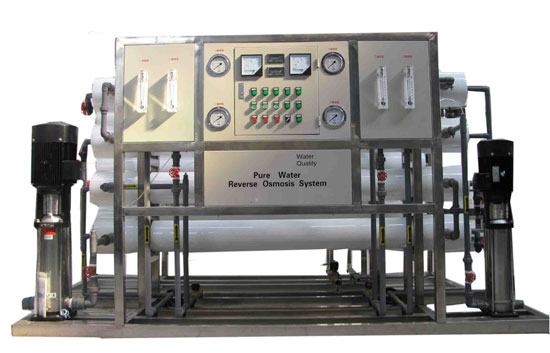
I. Types of Water Treatment Equipment
Water treatment systems encompass various equipment types, each serving a unique purpose in the purification process. The following is an overview of some essential equipment categories:
Water Filters: Filters, such as sand filters, activated carbon filters, and membrane filters, remove suspended particles and impurities from water.
Chemical Dosage Systems: These systems introduce chemicals like chlorine and coagulants to disinfect and clarify water.
Pumps: Pumps are responsible for moving water through the treatment process, ensuring a consistent flow rate.
Sedimentation Tanks: These tanks allow particles to settle out of the water, aiding in the removal of solids.
UV Sterilizers: UV radiation is used to disinfect water by destroying microorganisms.
II. Consequences of Bad Water Treatment Equipment
1. Decreased Efficiency
Substandard equipment can lead to decreased treatment efficiency. For instance, clogged or damaged filters may not effectively remove impurities, allowing contaminants to pass through.
2. Waterborne Contaminants
Inadequate disinfection or chemical dosing can result in waterborne contaminants remaining in the treated water. This poses a significant health risk to consumers, as waterborne pathogens can cause waterborne diseases.
3. Environmental Impact
Water treatment facilities often discharge treated water back into the environment. If the treatment equipment fails to remove pollutants adequately, it can lead to the contamination of natural water bodies, harming ecosystems and wildlife.
4. Increased Operating Costs
Bad equipment may require frequent repairs and maintenance, leading to higher operating costs for water treatment facilities. Moreover, energy consumption can increase when equipment runs inefficiently.
III. Common Issues with Water Treatment Equipment
1. Corrosion and Deterioration
Water treatment equipment is exposed to harsh chemicals and varying water qualities, making it susceptible to corrosion and deterioration. Over time, this can lead to leaks and decreased performance.
2. Scaling
Scaling occurs when minerals and deposits accumulate on equipment surfaces, reducing their efficiency. This can clog pipes, damage pumps, and reduce overall treatment effectiveness.
3. Inadequate Calibration
Proper calibration of equipment like chemical dosing systems is crucial to ensure the correct dosage of chemicals. Incorrect calibration can result in underdosing or overdosing, both of which have negative consequences.
4. Aging Infrastructure
As water treatment facilities age, their equipment may become outdated and less efficient. Replacing or upgrading aging equipment is essential to maintain water quality standards.
FAQs
Q1: How often should water treatment equipment be inspected and maintained?
A1: Water treatment equipment should undergo regular inspections and maintenance, typically on a quarterly or annual basis. The frequency may vary depending on the equipment type and its usage.
Q2: Can substandard equipment be upgraded to meet modern standards?
A2: In some cases, substandard equipment can be upgraded or retrofitted to improve performance and meet modern standards. However, it is often more cost-effective to replace severely outdated or damaged equipment.
Q3: Are there any regulations governing water treatment equipment quality?
A3: Yes, many countries have regulations and standards in place to ensure the quality and performance of water treatment equipment. Compliance with these regulations is essential to maintain water quality and safety.
Conclusion
The importance of high-quality water treatment equipment cannot be overstated. Substandard equipment can lead to a myriad of issues, from compromised water quality to increased operating costs and environmental harm. Regular maintenance, proper calibration, and adherence to industry standards are essential to ensure the effectiveness of water treatment systems, safeguarding the health of communities and ecosystems alike. Investing in quality equipment is an investment in clean, safe water for all.
Must-Read Blogs For Chain Restaurants Owner

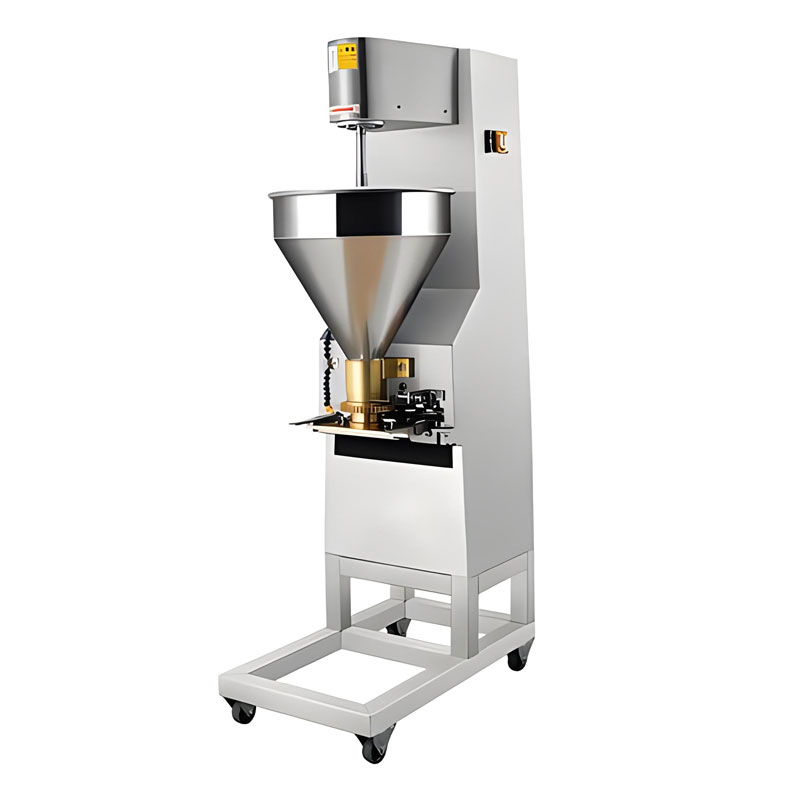
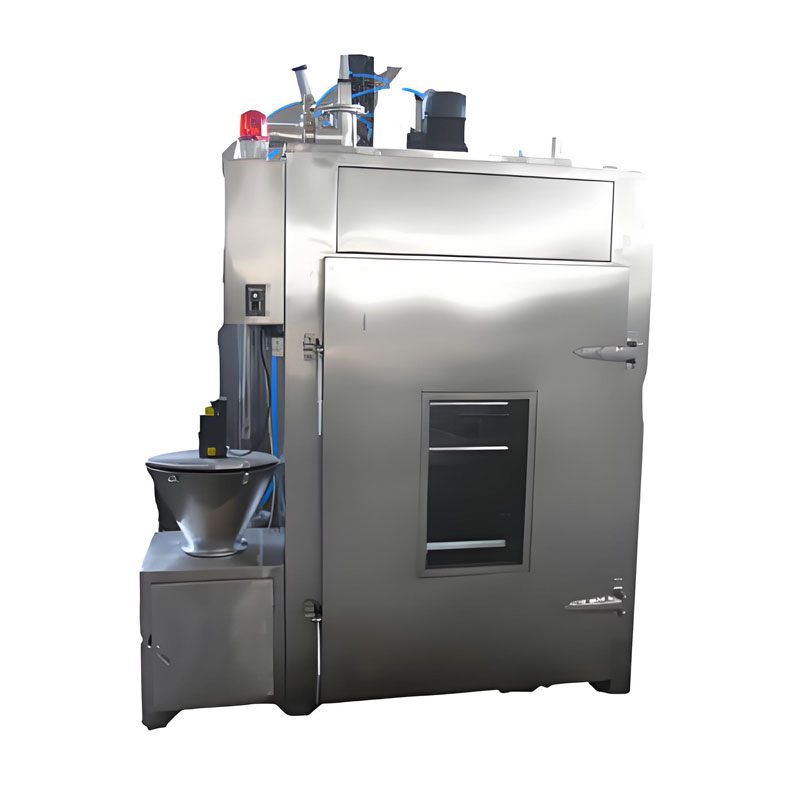
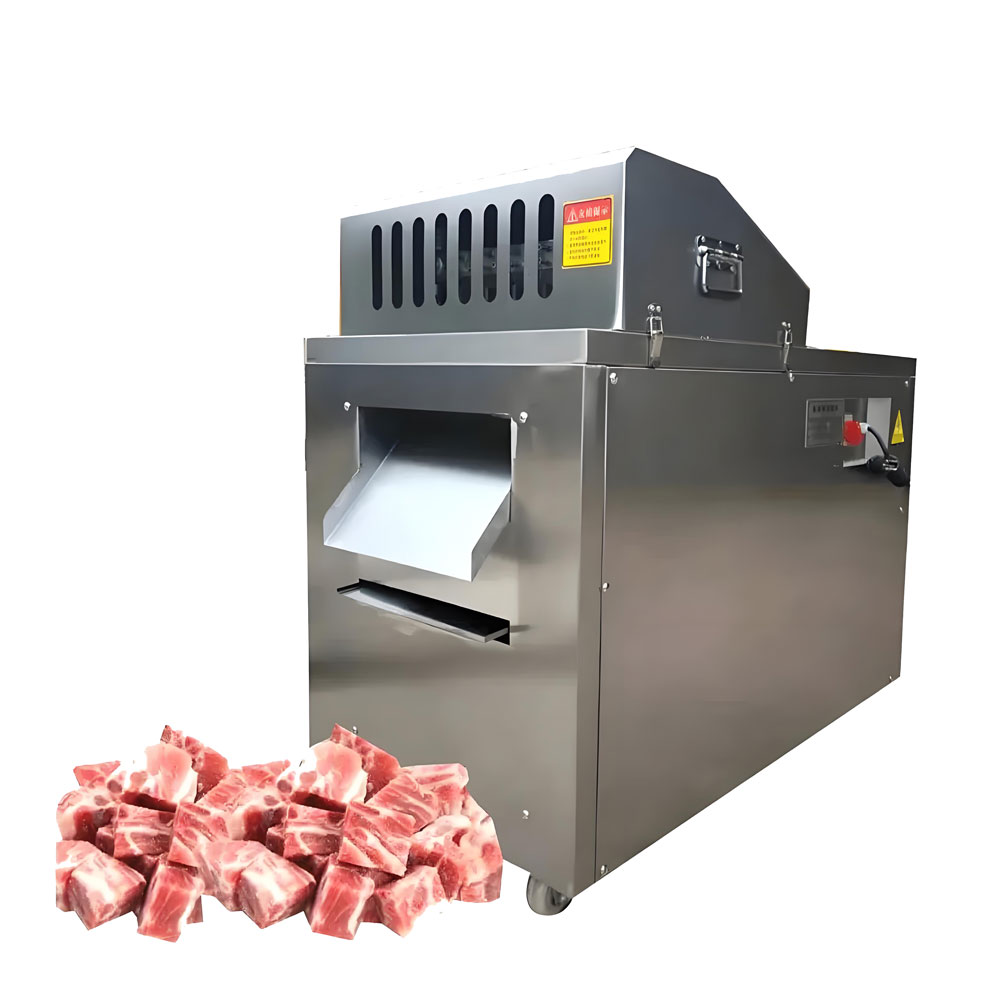
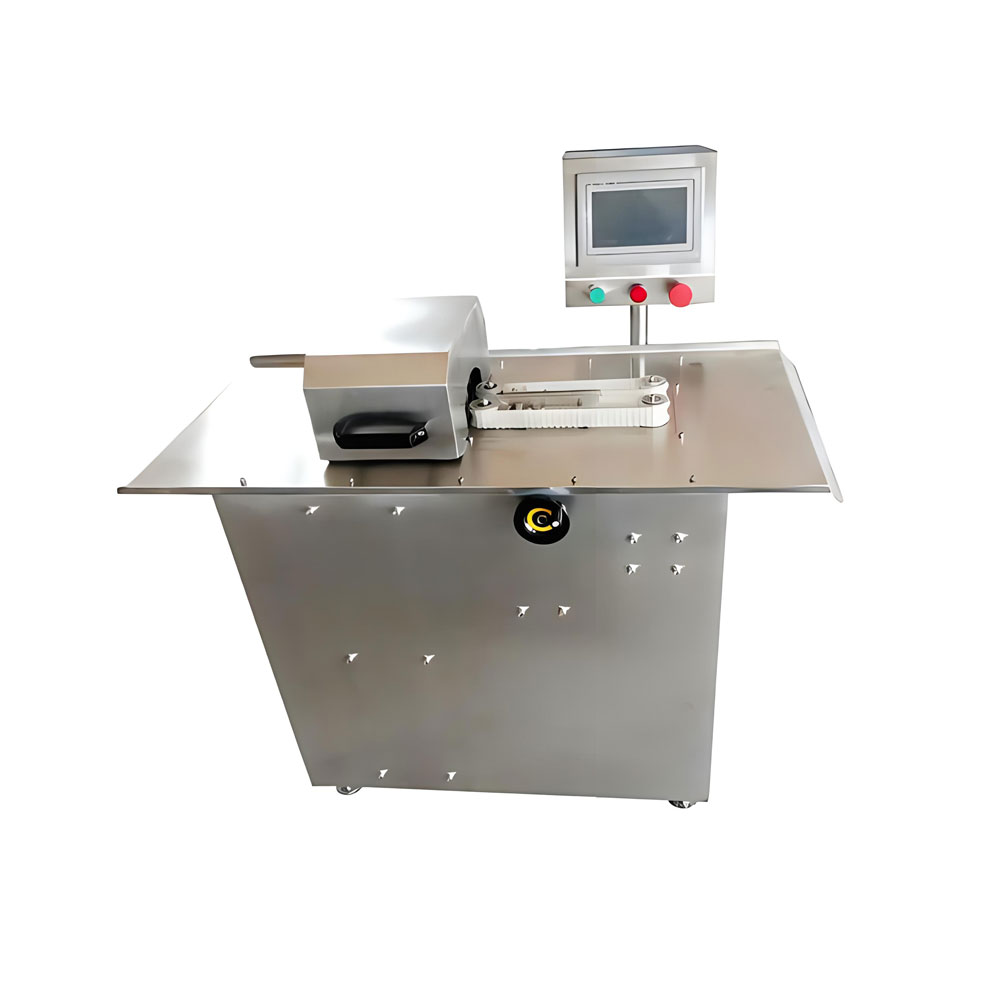
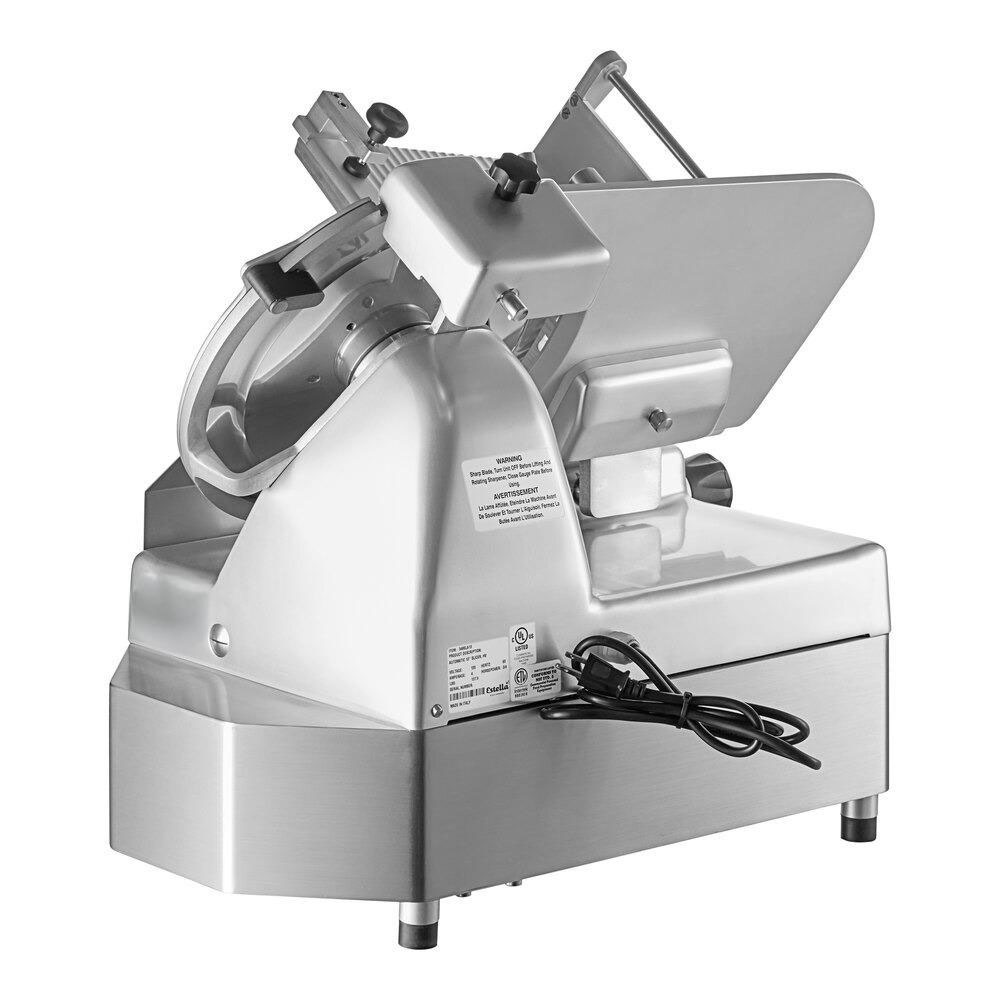
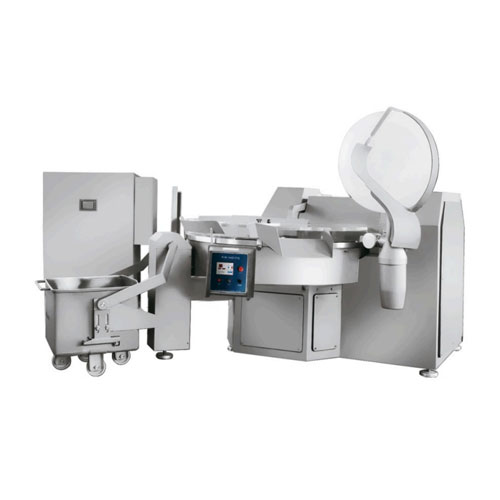
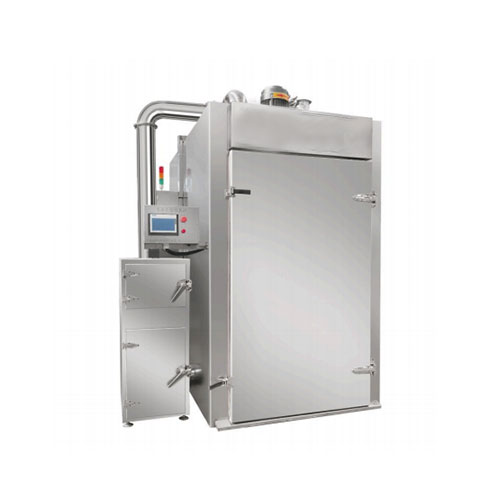
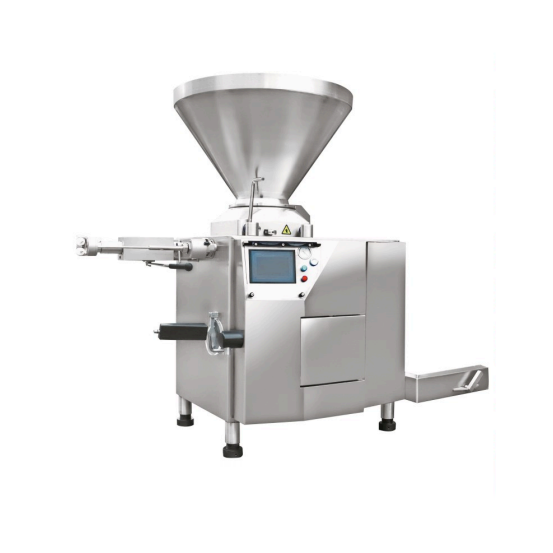
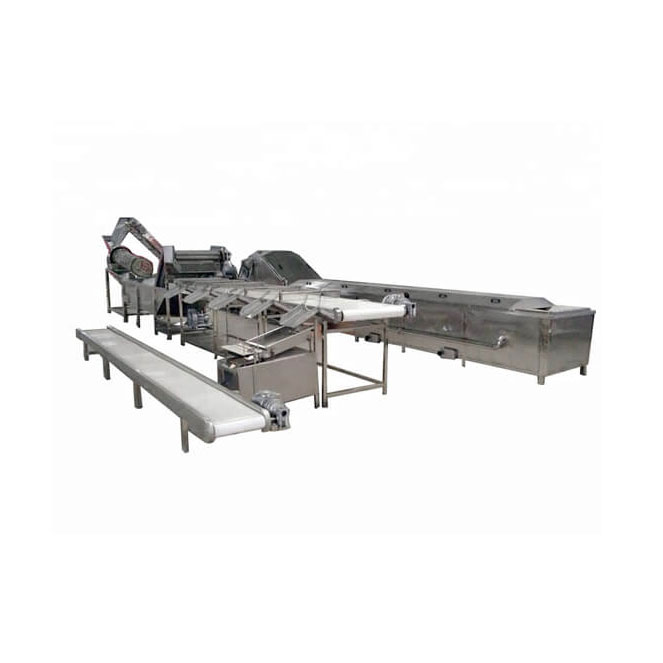
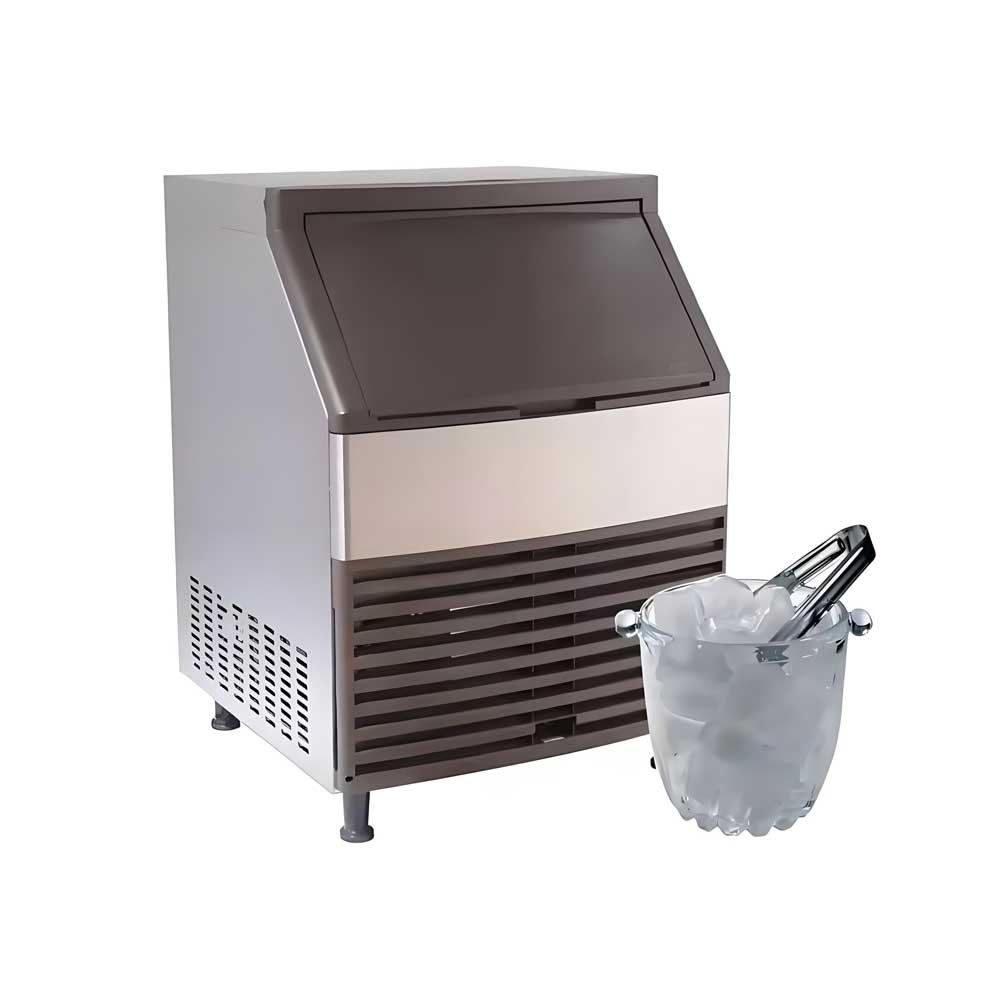
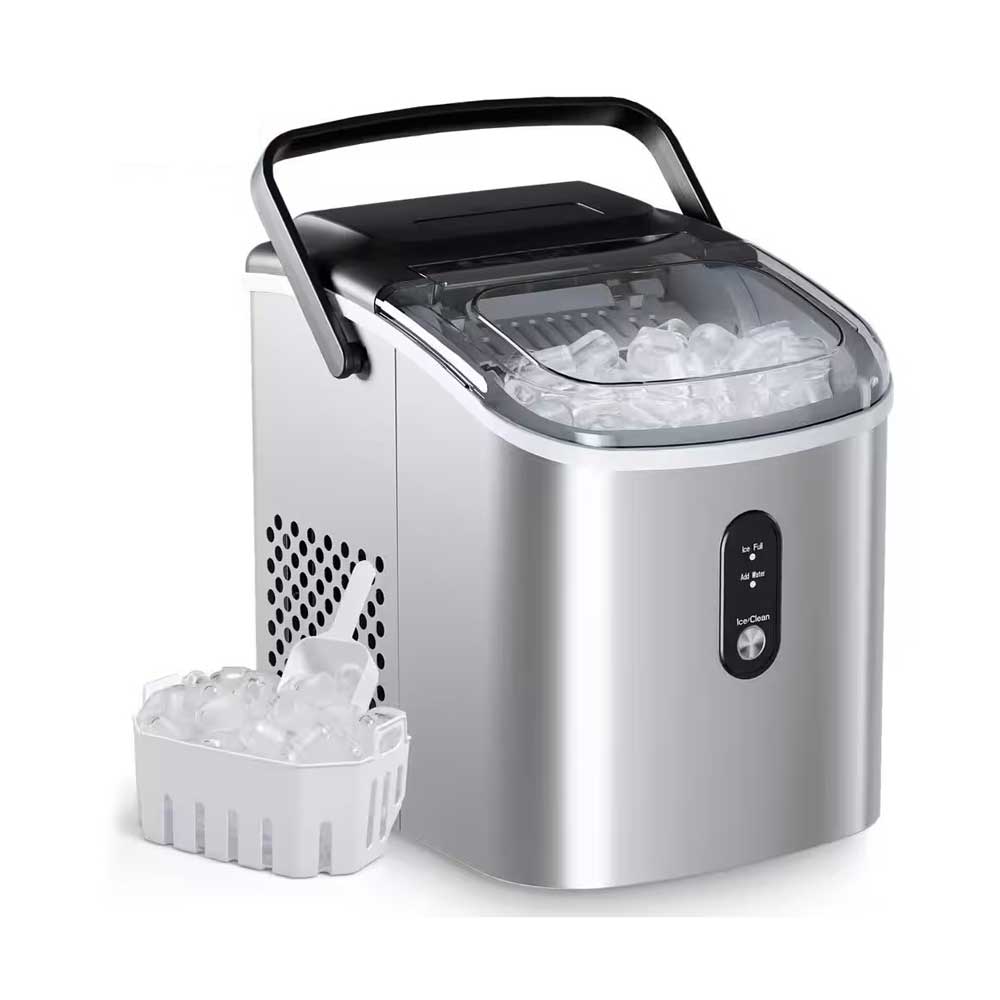 Portable Flake Ice Machine
Portable Flake Ice Machine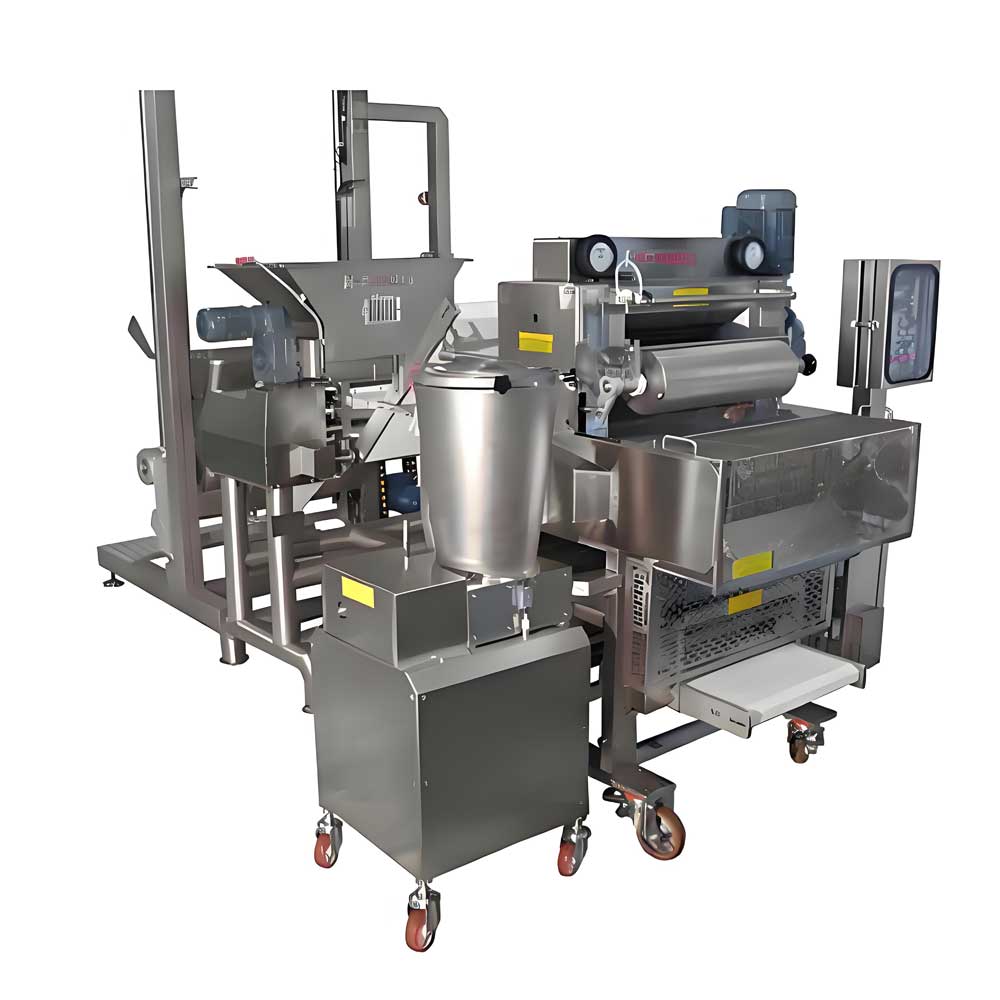 Pelmeni Making Machine
Pelmeni Making Machine
Ready to Get Started?